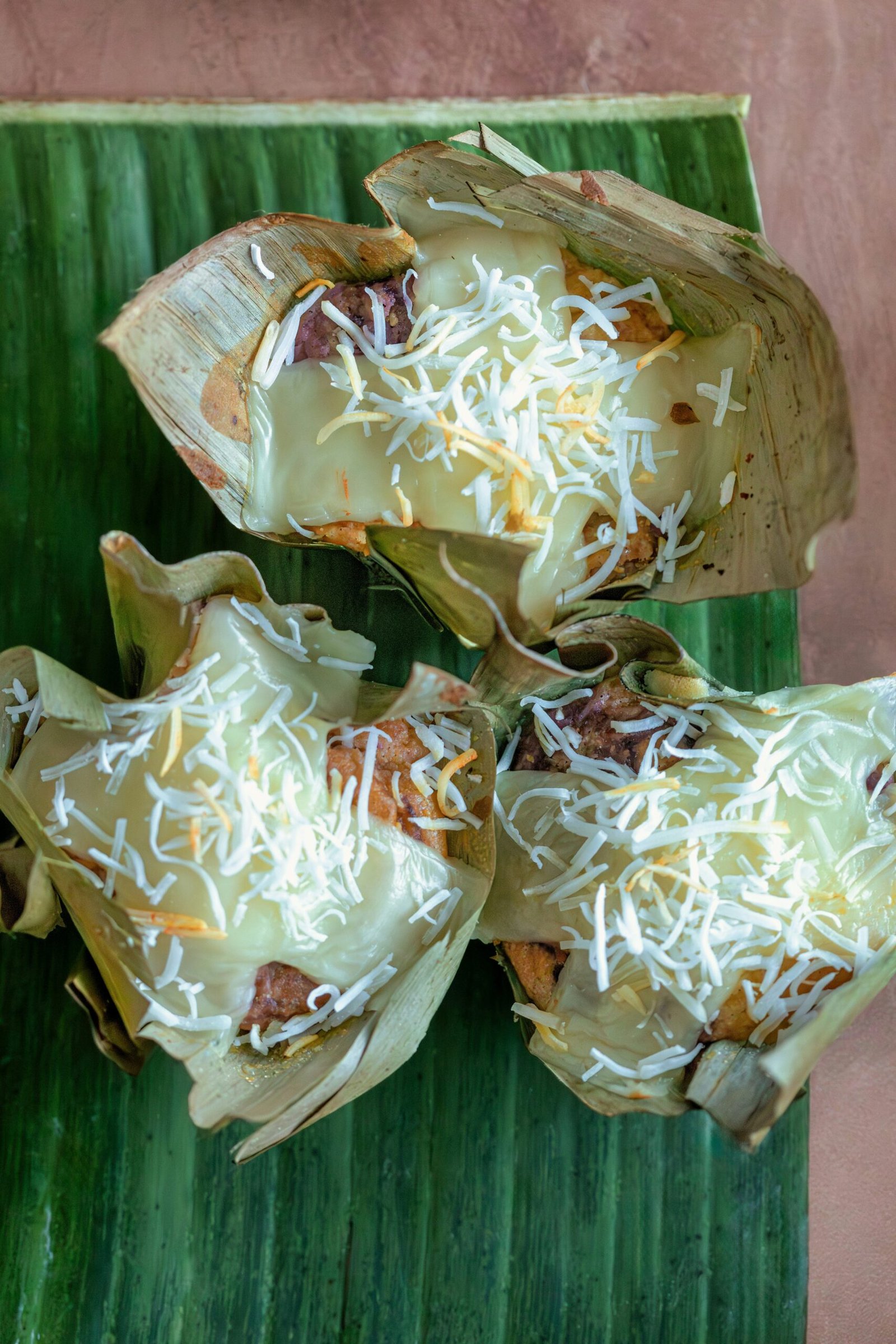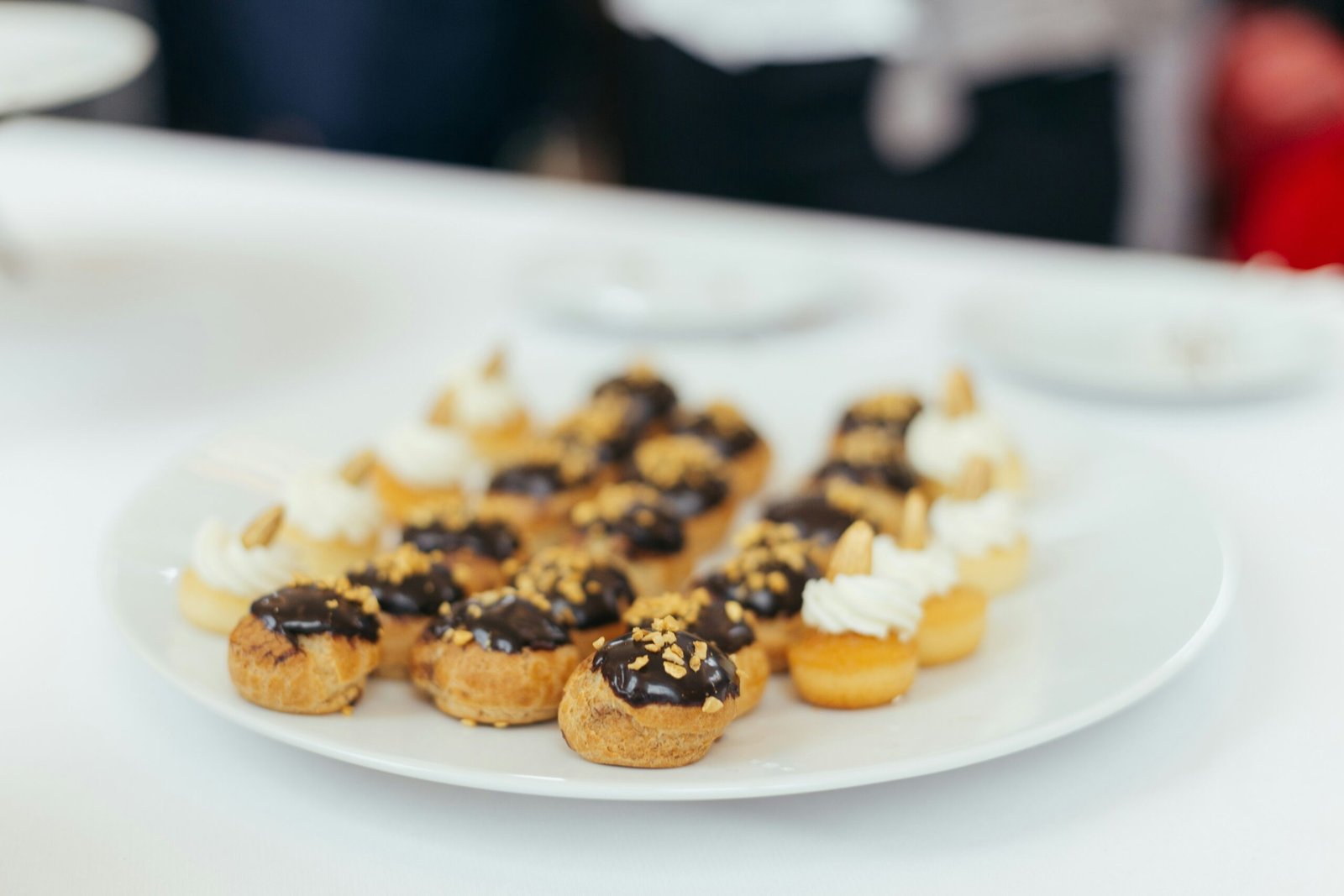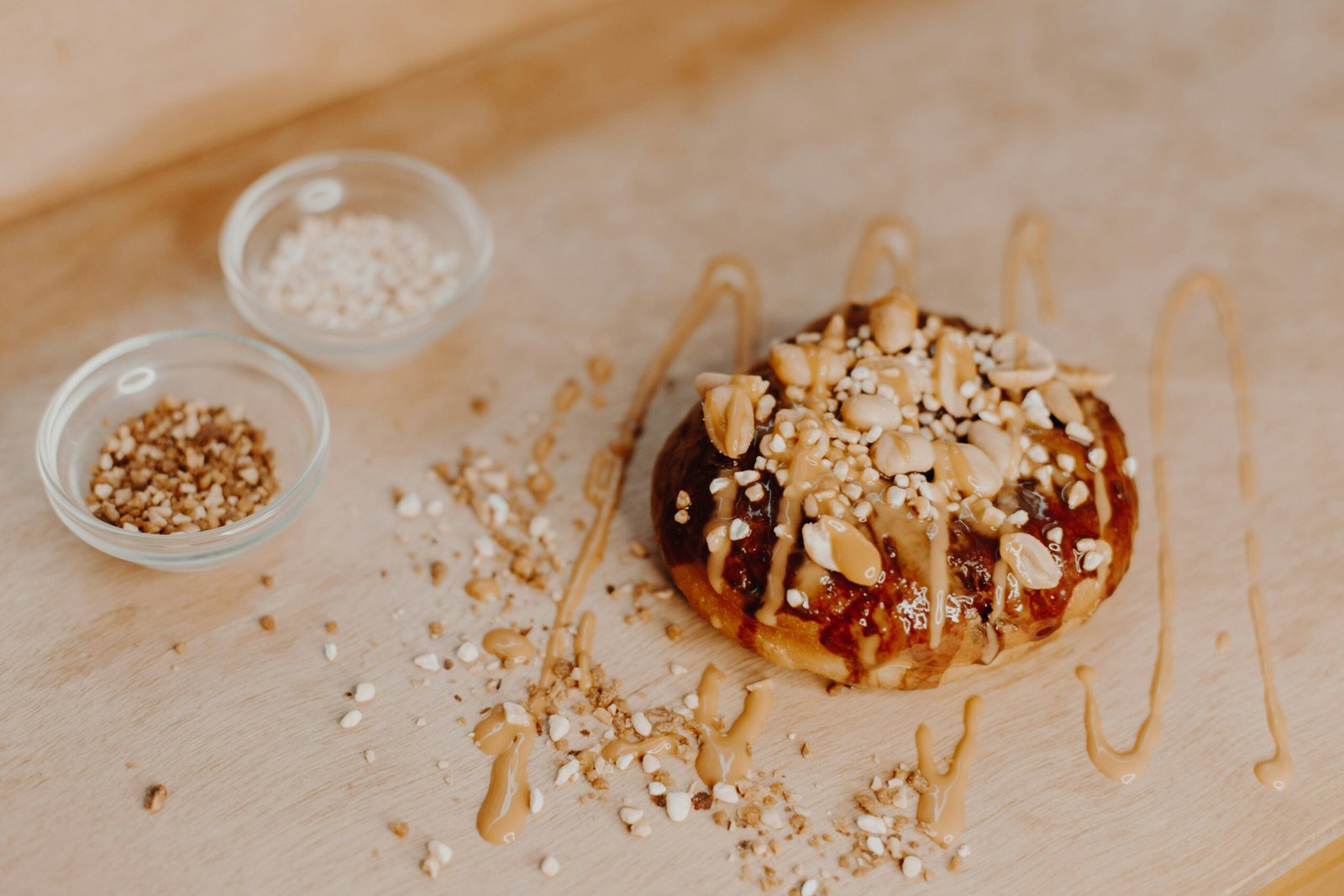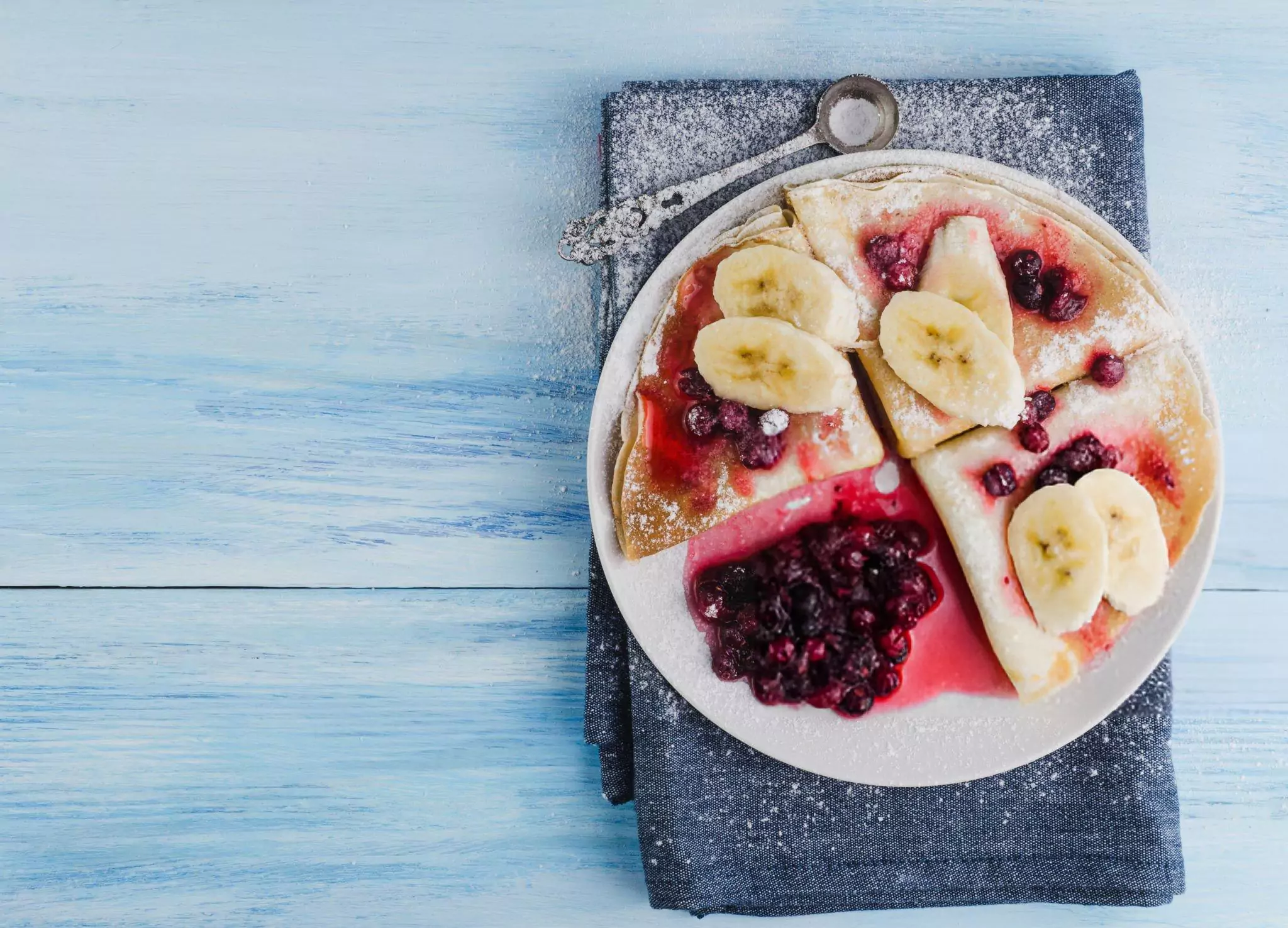Introduction to Macarons
Macarons are exquisite, colorful confectioneries that have captured the hearts and taste buds of many dessert lovers around the world. Originating from France, these delicate treats consist of two almond meringue shells sandwiched together with a creamy filling. The intricate craftsmanship required to create macarons sets them apart from other pastries, making them a revered staple in the realm of gourmet desserts. The French tradition of macaron-making has a rich history, dating back to the early 16th century when they were first introduced to the culinary scene.
The precise technique involved in achieving the perfect macaron involves a delicate balance of ingredients and meticulous attention to detail. This has led to macarons being seen as a benchmark for baking skills among enthusiasts. Pastry chefs often consider mastering macarons a rite of passage, as these desserts can be deceptively challenging to perfect. Factors such as humidity, oven temperature, and ingredient ratios all play pivotal roles in ensuring the macaron’s signature texture, which is characterized by a crisp outer shell and a soft, chewy interior.
Creating macarons at home not only enhances one’s baking aptitude but also brings immense satisfaction. The joy of crafting these dainty delicacies allows bakers to experiment with an array of flavors and colors, making each batch unique. From classic flavors like vanilla and chocolate to innovative combinations like lavender and lemon, the possibilities are endless. This versatility has contributed to the macaron’s status as a delightful centerpiece for celebrations, tea parties, or simply as a treat to enjoy at home. Embracing the art of macaron-making provides both an enjoyable challenge and a delectable outcome, inspiring bakers to explore this fascinating world further.
Essential Ingredients for Macarons
To create the perfect macaron, it is crucial to understand the key ingredients that play a vital role in this delicate confection. The primary ingredient is almond flour, which provides the distinctive nutty flavor and essential texture. It is essential to use finely ground almond flour to achieve the right consistency, as coarser alternatives can create an uneven surface and lead to failure in achieving the macaron shell’s characteristic smoothness. When purchasing almond flour, look for high-quality brands or finely ground almonds; some may even offer blanched varieties for a lighter color.
Egg whites are another cornerstone in macaron making. They are typically aged to enhance their whipping properties. Aging involves letting them sit for several hours or overnight at room temperature, allowing moisture to evaporate, which helps achieve a stable meringue. For those with dietary restrictions, aquafaba, the liquid from canned chickpeas, can serve as a suitable substitute for egg whites and is an excellent option for vegan macarons.
To sweeten the macarons, both powdered sugar and granulated sugar are necessary. Powdered sugar has a fine texture that promotes a smooth batter while adding sweetness, and it is often combined with almond flour to create the dry ingredients. Granulated sugar is crucial for stabilizing the meringue when whipping egg whites, providing the necessary structure and volume. For variations of flavor, consider flavored powdered sugar or experimenting with different sweeteners for those needing sugar-free options.
Ultimately, the quality of these ingredients is paramount. Always opt for fresh, high-quality items to ensure the best results. This diligence pays off in your final product, where the harmonious blend of these essentials creates the iconic macaron texture and flavor that we all relish.
Step-by-Step Macaron Making Process
Making macarons at home can be a rewarding endeavor if approached systematically. The process involves several crucial steps, each requiring attention to detail to achieve the desired results. To start, gather all the necessary ingredients: almond flour, powdered sugar, egg whites, granulated sugar, and food coloring, if desired. Accurate measurements and high-quality ingredients set the foundation for successful macarons.
First, prepare your ingredients by sifting the almond flour and powdered sugar together into a bowl. This step is critical, as it eliminates lumps that could adversely affect the final texture of the macarons. Set this mixture aside while you proceed to whisk the egg whites. It is essential to use clean, dry equipment to ensure the egg whites whip properly. Begin whisking the egg whites in a clean bowl until they become frothy, then gradually add granulated sugar. Continue whisking until the mixture achieves stiff peaks and develops a glossy appearance, signifying that the meringue is ready.
Next, gently fold the sifted dry ingredients into the meringue. This step requires a delicate touch; over-mixing can lead to runny batter, while under-mixing can result in a lumpy texture. Aim for a batter that flows off the spatula in a ribbon-like manner. If you are using food coloring, incorporate it at this stage to achieve an even and vibrant hue. Once mixed, transfer the batter to a piping bag fitted with a round tip.
When piping the macarons, hold the bag vertically and apply even pressure, creating small circles on a lined baking sheet. Leave space between each piped circle, as they will spread slightly during baking. Tap the baking sheet on the counter to eliminate air bubbles and smooth the tops. Allow the piped macarons to rest until they form a skin, which can take 30 to 60 minutes. This crucial drying period prevents the macarons from cracking while baking, ensuring the signature French treat’s characteristic smooth tops and ruffled feet.
Achieving the Perfect Texture
The texture of a macaron is undeniably one of its most defining characteristics. A perfect macaron is identified by its signature smooth shell, a slightly chewy interior, and the desirable soft feet that emerge from the baking process. To achieve this ideal texture, certain techniques and consistent practices are essential when preparing your batter.
Begin by focusing on the consistency of your almond flour and powdered sugar mixture. Ensure these ingredients are finely sifted to eliminate any lumps, as larger particles can disrupt the smooth finish of the macaron shells. When it comes to mixing, the goal is to incorporate the ingredients until they reach a stage known as “the figure eight.” This means that you should be able to draw a figure eight with the batter without breaking it. If it breaks apart easily, you may be under-mixing; on the contrary, if it flows too quickly, you might be at risk of over-mixing.
Recognizing whether your mixture is over or under-mixed can significantly impact the final texture. An under-mixed batter often results in uneven macarons that fail to rise properly and may lack the characteristic feet. In contrast, an over-mixed batter can lead to a thin, runny mixture that spreads too much, resulting in flat and flimsy macarons. To troubleshoot texture issues, it is advisable to test small batches, adjusting mixing times and techniques until you find the ideal balance.
Other tips include allowing your unbaked macarons to rest before placing them in the oven. This step allows the formation of a skin on the surface, which is crucial for developing those perfect feet. During baking, maintaining an even temperature is key, as fluctuations can lead to inconsistencies in texture. By mastering these aspects, you will be well on your way to creating macarons with the perfect texture that impresses every palate.
Common Mistakes and How to Avoid Them
Making macarons at home can be a rewarding but challenging endeavor. Several common mistakes can hinder the baking process, leading to undesirable results such as hollow shells, cracked tops, or uneven feet. Understanding these pitfalls is crucial for anyone looking to perfect their macaron-making skills.
One prevalent issue is the formation of hollow shells. This can arise from under-mixing the meringue or the almond flour-sugar mixture, which prevents the batter from achieving the proper consistency. To avoid this problem, ensure that you mix the batter until it flows smoothly off the spatula and forms a figure-eight without breaking. In addition, overly vigorous mixing can lead to a runny batter, thereby creating hollow shells. Striking the right balance while mixing is essential.
Cracked tops are another significant issue that bakers encounter. This flaw is often indicative of an inadequate drying process before baking. When the macaron shells do not dry sufficiently, moisture trapped within can cause the tops to crack during baking. To prevent this, allow the macarons to rest at room temperature for 30 to 60 minutes until a skin forms on the surface, resulting in a smoother bake.
Uneven feet can ruin the visual appeal of macarons. This imperfection typically stems from improper piping techniques or inconsistent oven temperatures. To combat this, use a piping bag fitted with a round tip and maintain even pressure while piping. Furthermore, it is advisable to rotate your baking sheet halfway through the baking time to counteract hot spots in the oven that may lead to uneven results.
By being aware of these common mistakes and implementing the suggested solutions, bakers can improve their technique and create beautiful and delicious macarons right at home. With practice and patience, achieving the perfect macaron is within reach.
Flavor Variations for Macarons
Macarons are celebrated not only for their delicate texture and appearance but also for their wide range of flavors. While classic options like pistachio, raspberry, and chocolate are always popular, the versatility of macarons allows for innovative flavor combinations. By experimenting with different fillings, extracts, and infusions, one can create a unique macaron experience tailored to personal taste preferences.
One of the most popular flavors is pistachio, which can be achieved by incorporating finely ground pistachios into the almond flour base. The subtle nutty flavor compliments the sweetness of the shell beautifully. For the filling, a pistachio buttercream or ganache can elevate the flavor even further, providing a rich and creamy texture that pairs perfectly with the lightness of the macarons.
Raspberry macarons, on the other hand, offer a fresh and fruity alternative. A raspberry puree can be folded into a white chocolate ganache as a filling, creating a tart, yet sweet flavor profile. Not only do these macarons taste delightful, but they are visually appealing with the vibrant raspberry hue.
A chocolate variation is also a crowd-pleaser. By using high-quality cocoa powder in the macaron batter, the chocolate flavor is intensified. For the filling, rich dark chocolate ganache or a light chocolate mousse can provide a delightful contrast to the crunchy exterior. Additionally, one can also experiment with flavored extracts, such as almond or vanilla, to create even more complex layers of flavor.
For those looking to venture beyond the classics, unique infusions, such as lavender or matcha, can add an unexpected twist. Incorporating ingredients like lemon zest or espresso powder into the batter or filling can further enhance the flavors. Such creativity not only showcases the baker’s skills but also allows for personalization in every batch, making macarons an endlessly adaptable treat.
Storing and Serving Macarons
Proper storage of macarons is essential in maintaining their delightful texture and flavor. To ensure that your macarons remain fresh, they should be stored in an airtight container. This prevents moisture from affecting the delicate shells, which can become soft or lose their crispness. Ideally, macarons can be refrigerated for up to a week, but for optimal taste, they are best enjoyed within three to five days of making. Placing parchment paper between layers in the storage container can further protect them. However, if you wish to keep macarons for an extended period, consider freezing them. When properly wrapped in plastic and placed in a freezer-safe container, they can be stored for up to three months. To enjoy frozen macarons, simply thaw them in the refrigerator for about 24 hours before serving.
When it comes to serving macarons, presentation plays a vital role. Place them on a beautiful platter or a tiered stand to create an inviting display. Colorful macarons can add visual interest and enhance the overall experience. Additionally, consider the flavor pairings; macarons with fruity fillings pair beautifully with light beverages like sparkling water or champagne, while richer fillings may be complemented by a cup of strong espresso or a creamy latte. To elevate the tasting experience, try serving macarons alongside flavored teas or desserts that share a similar profile, helping to enhance the nuances of each bite.
To further enrich the flavor experience, you may also drizzle macarons with a complementary glaze or serve them with a dollop of whipped cream. These small but thoughtful additions can create an appealing contrast and elevate the overall dish. Remember that macarons are not only a delightful treat but also a conversation starter. Sharing your macaron-making journey with friends and family can make gatherings more enjoyable while showcasing your culinary skills.
Frequently Asked Questions about Macarons
Macarons, those delicate and colorful confections, often raise questions for novice bakers eager to master their preparation. One frequent query pertains to the aging of eggs. Many recipes advocate for the use of aged egg whites, typically left in the refrigerator for at least 24 hours. This aging process allows some moisture to evaporate, promoting a more stable meringue when whipped. As the proteins in the egg whites become more elastic over time, this contributes to the macaron’s signature smooth top and conducive structure.
Another important factor in achieving perfect macarons is humidity. Baking macarons requires a balanced environment; high humidity can impact the drying process of the shells. Ideally, the humidity in your kitchen should be below 50 percent to ensure that the macarons develop a proper skin before entering the oven. Drying the piped batter before baking is vital, as this skin helps to prevent cracks during baking and ensures that the macarons rise beautifully. If faced with humid conditions, consider using a dehumidifier or baking on drier days.
Furthermore, novice bakers often find themselves with leftover macaron batter after piping their first tray. It is crucial to handle this surplus carefully. While some bakers may be tempted to store the uncooked batter for later use, this is generally not recommended. Instead, it is best to pipe all the batter at once, ensuring a consistent size and shape. If this is not possible, the remaining batter can be covered securely and refrigerated for up to 24 hours, but it’s important to note that results may vary. Properly managing egg whites and the surrounding environment will ultimately lead to a successful macaron baking experience.
Conclusion and Encouragement to Experiment
Making macarons at home can be an immensely rewarding experience, filled with joy and satisfaction. The delicate textures and vibrant colors of these confections not only please the palate but also provide a creative outlet for those who relish the art of baking. As you embark on your macaron journey, it is essential to remember that perfection comes with practice. Each batch of macarons will serve as a learning opportunity, allowing you to refine your skills and grasp the nuances of this art form.
One of the most exciting aspects of making macarons is the ability to experiment with flavors and techniques. Traditional macarons often feature classic flavors such as vanilla, chocolate, or raspberry, but do not hesitate to venture outside these boundaries. Consider incorporating unique ingredients like matcha, lavender, or even spices to create extraordinary flavor profiles that reflect your personal taste. Additionally, you can enhance the visual appeal of your macarons with various colorings and decorative techniques, further showcasing your creativity.
As you explore the world of macarons, embrace any challenges you encounter along the way; each difficulty is merely a stepping stone towards mastery. Do not shy away from trying new approaches or adjusting recipes to suit your preferences. The beauty of cooking lies in its adaptability, and macarons are no exception. Once you have honed your recipe and technique, we encourage you to share your delightful creations with friends, family, or even the online baking community. Documenting your journey and displaying your successes can inspire others to take on their own macaron adventure.
In conclusion, the process of making macarons at home is as much about exploration and creativity as it is about the final product. So, don your apron, gather your ingredients, and allow your imagination to guide you in crafting these exquisite treats. With each batch, you will improve, delight in the process, and potentially inspire others to join in the fun of macaron making.










